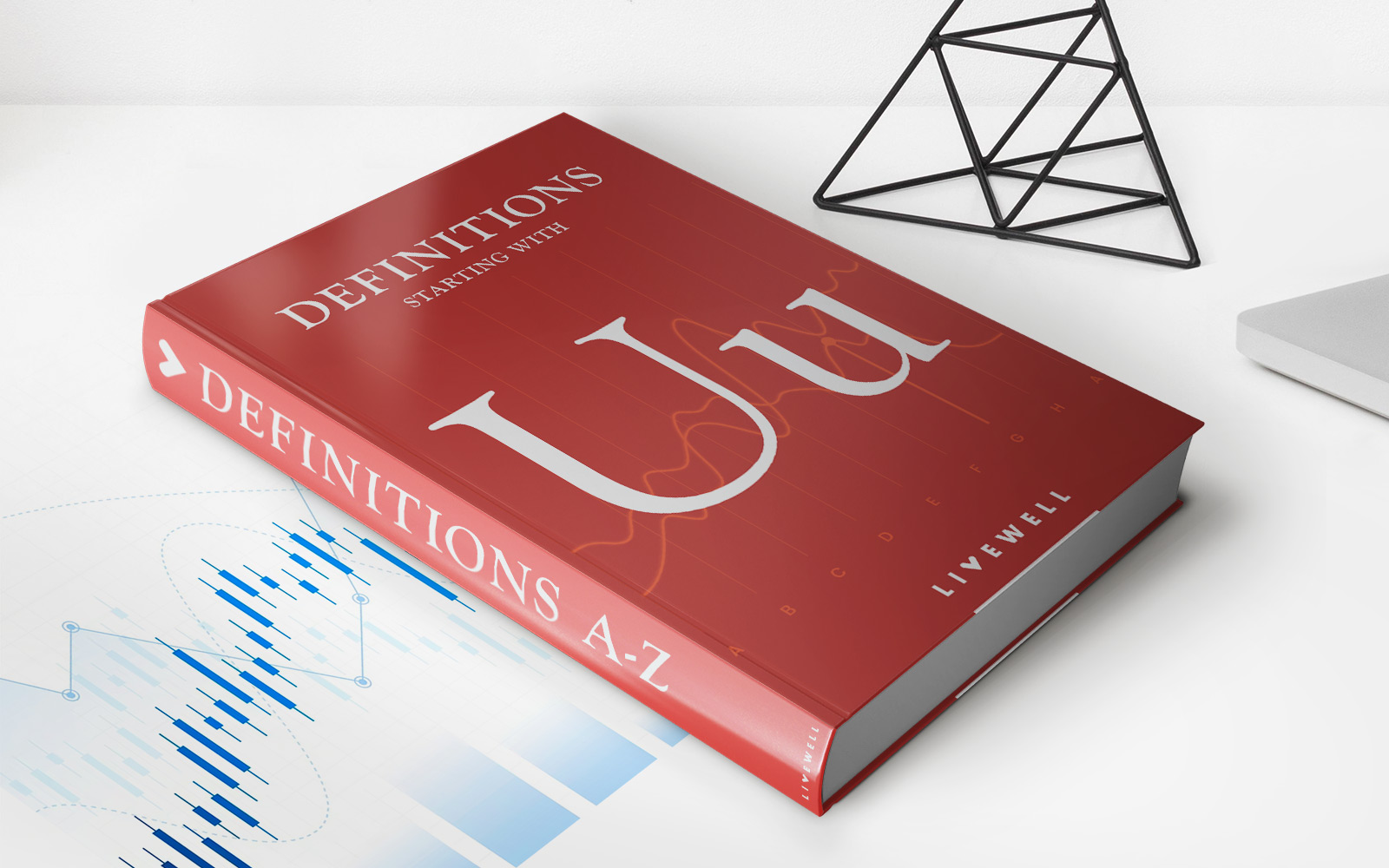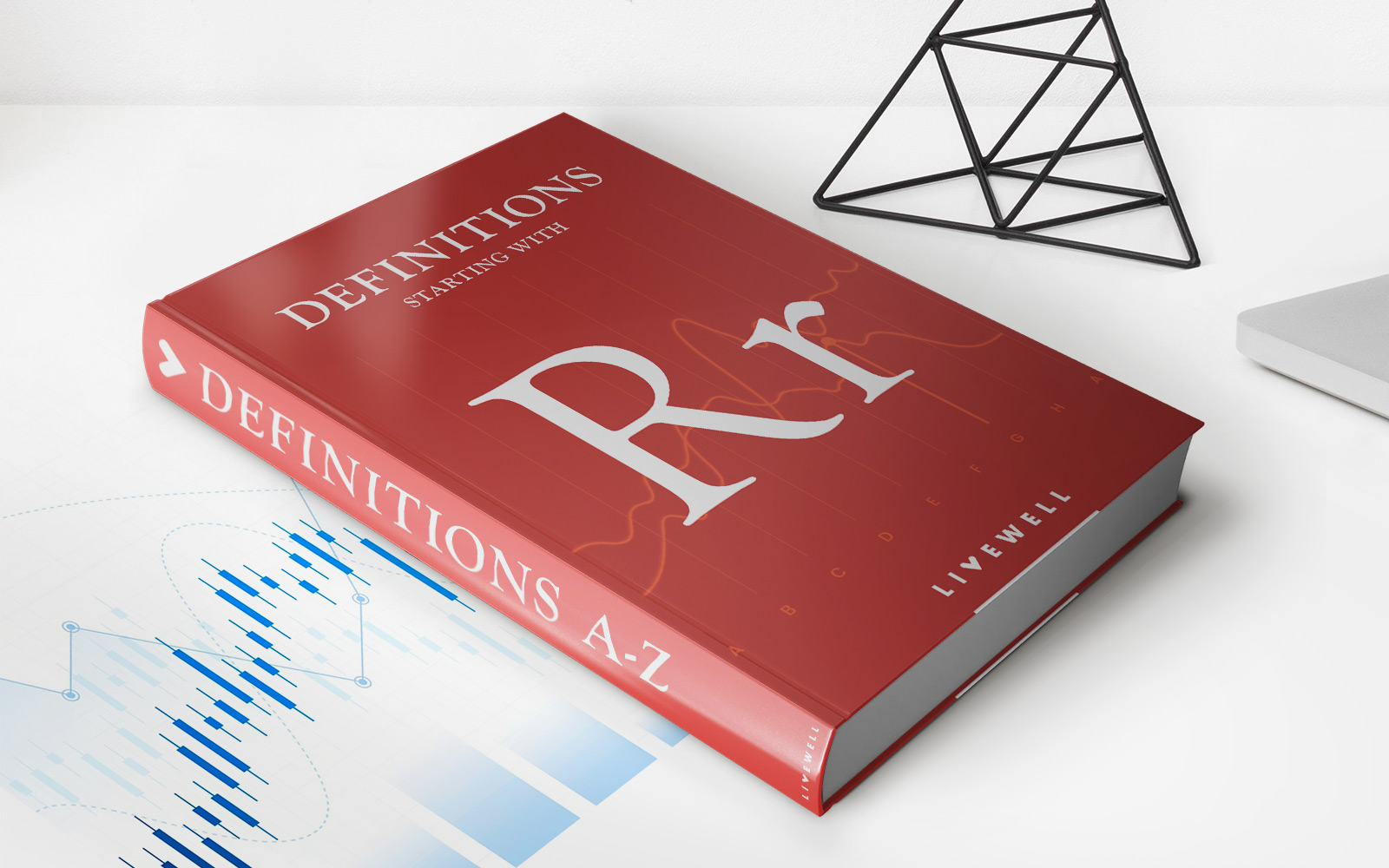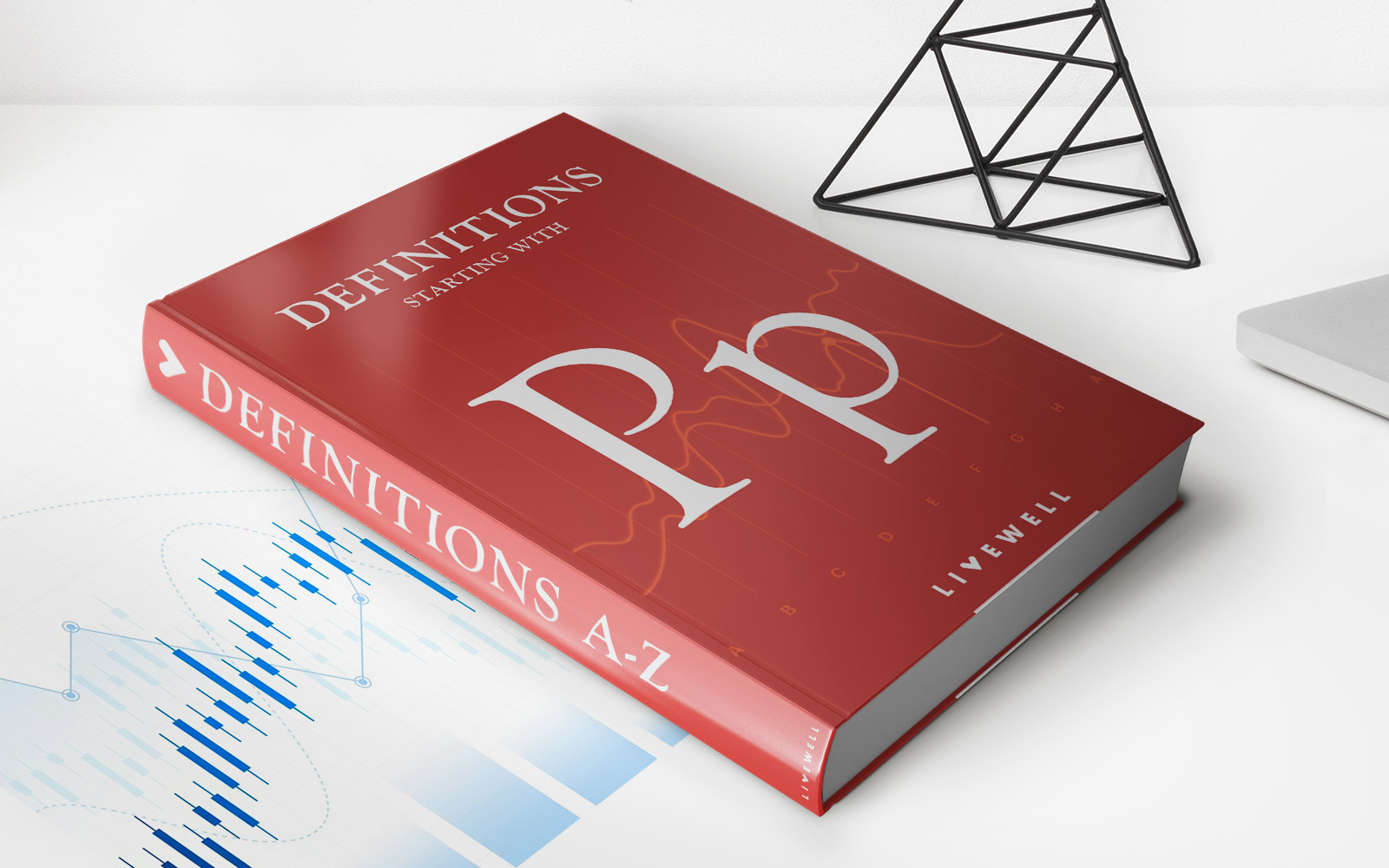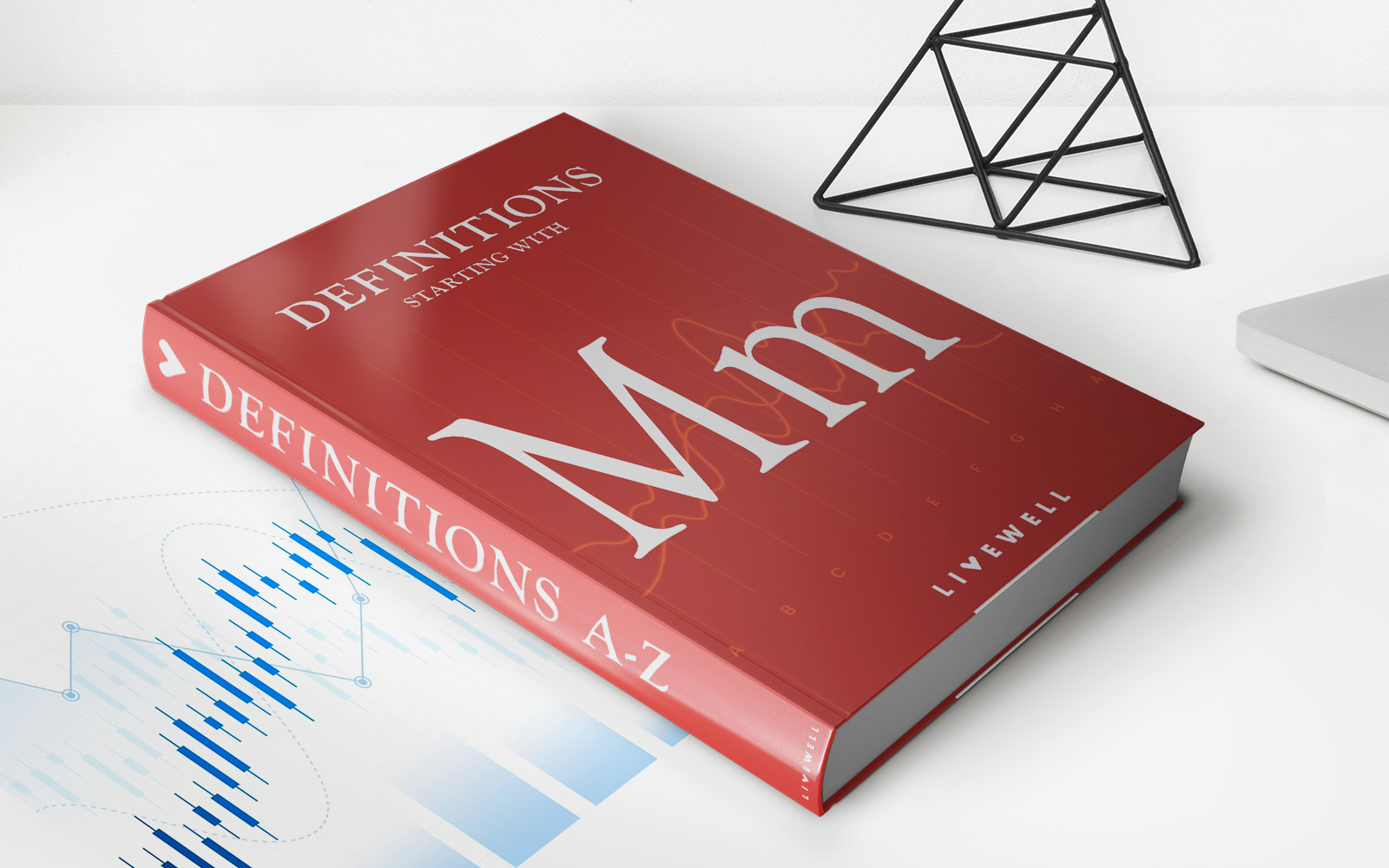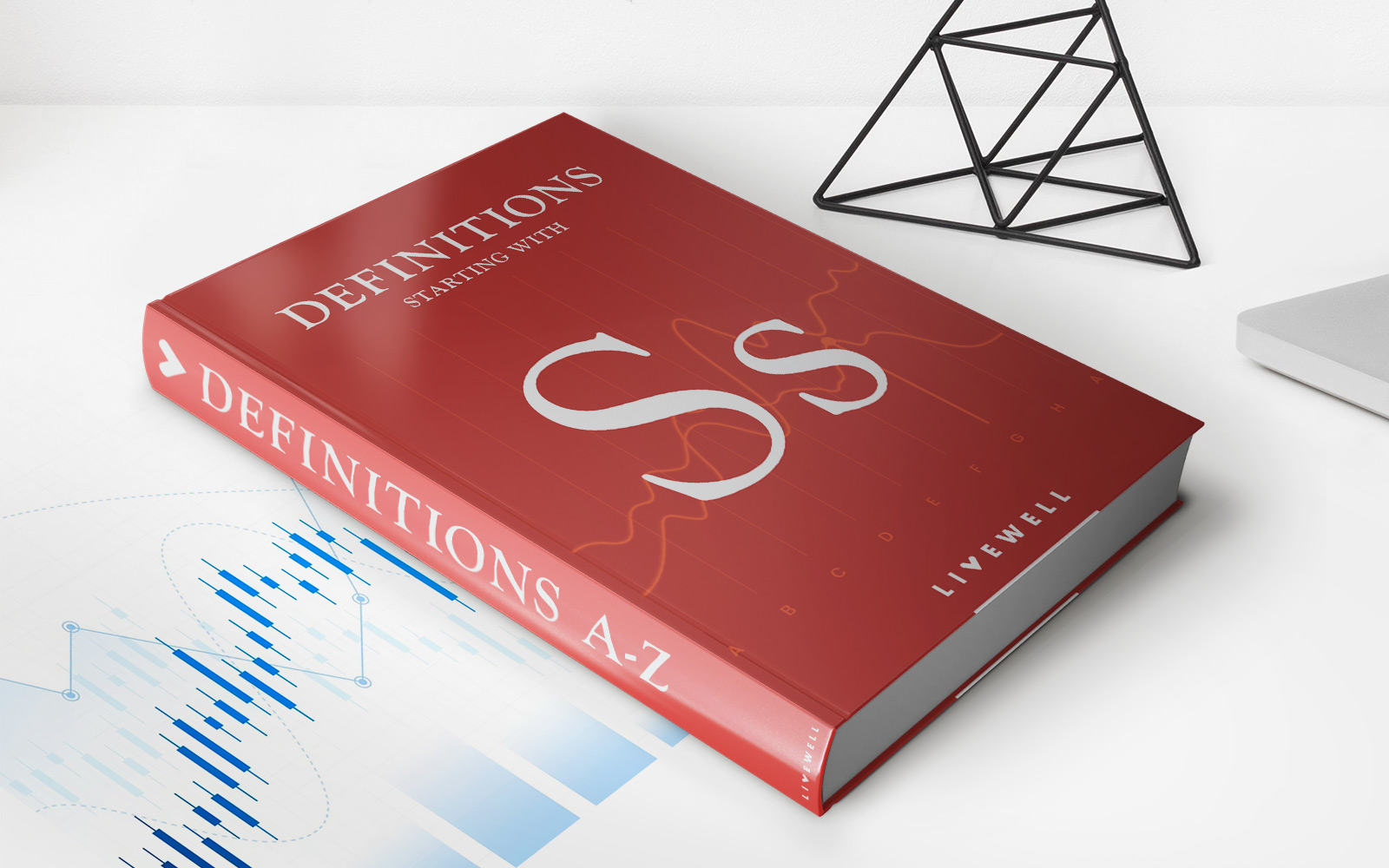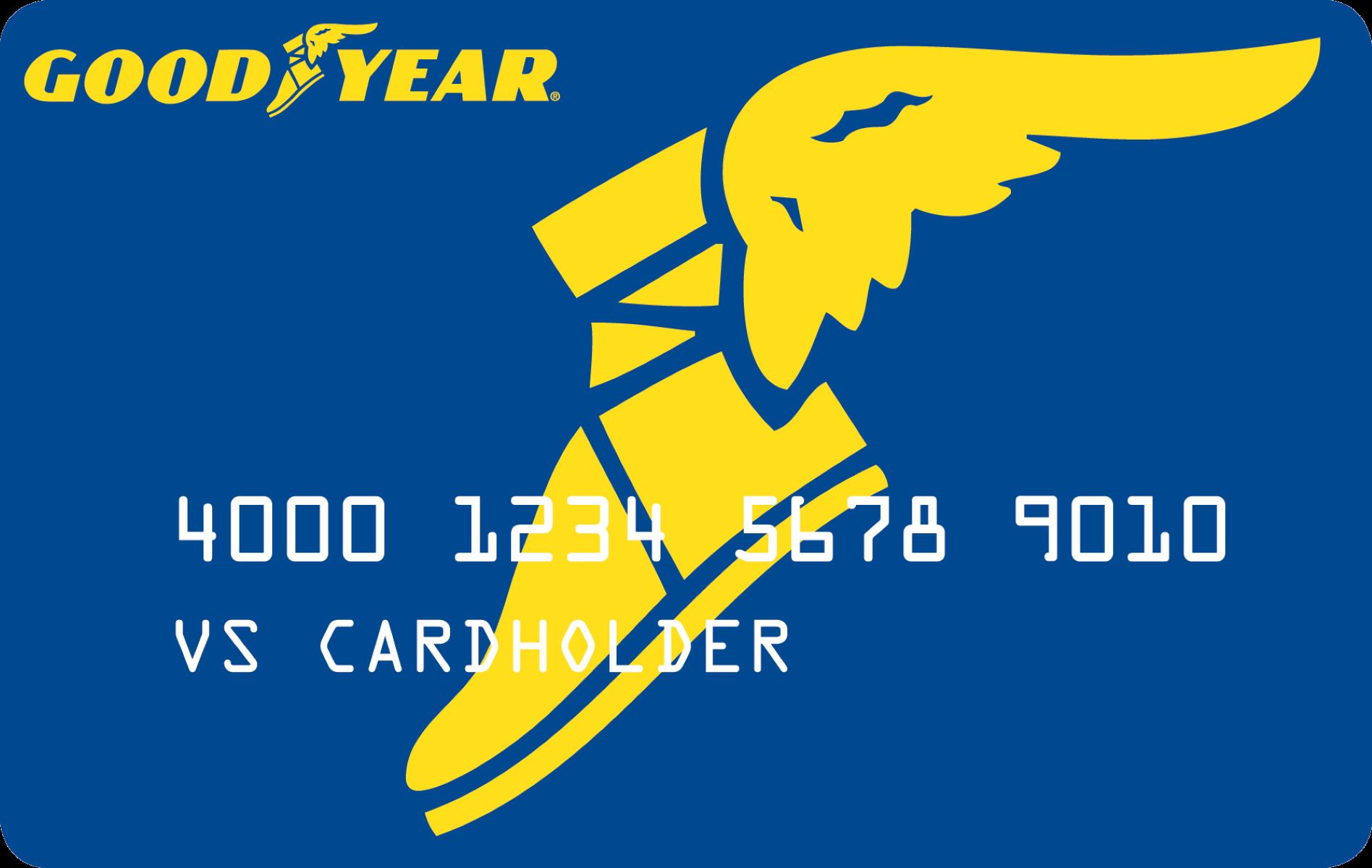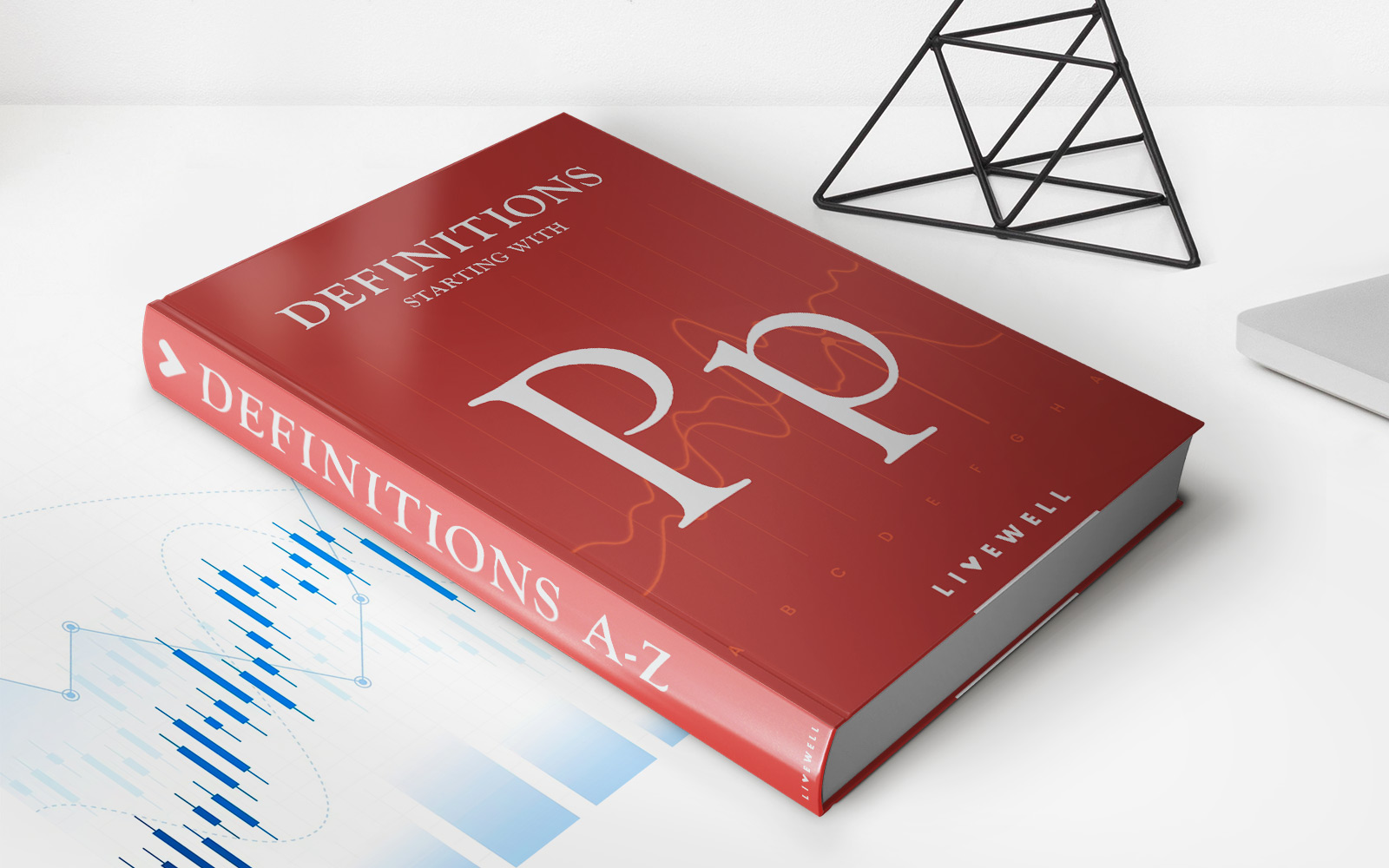

Finance
Put Bond: Definition, How It Works, Types
Published: January 14, 2024
Learn all about finance related to put bond, from its definition and how it works, to the different types available. Plan your financial strategy with confidence.
(Many of the links in this article redirect to a specific reviewed product. Your purchase of these products through affiliate links helps to generate commission for LiveWell, at no extra cost. Learn more)
Put Bond: Definition, How It Works, Types
Welcome to our “Finance” category, where we dive into various aspects of the financial world to help you enhance your understanding and make informed decisions. In this article, we will explore the fascinating topic of put bonds – what they are, how they work, and the different types available. By the end, you’ll be equipped with the knowledge to navigate the world of put bonds confidently.
Key Takeaways:
- A put bond is a type of bond that allows the bondholder to sell the bond back to the issuer at a predetermined price and within a specific period.
- Put bonds provide investors with added flexibility and protection, allowing them to mitigate potential losses or take advantage of changing market conditions.
What is a Put Bond?
A put bond, often referred to as a puttable bond, is a unique financial instrument that combines the characteristics of a traditional bond with an embedded put option. While traditional bonds restrict the actions of the bondholder to receiving regular interest payments until the bond matures, a put bond provides an added layer of flexibility. It grants the bondholder the right to sell the bond back to the issuer at a predetermined price, referred to as the put price, and within a specific period known as the put period.
Put bonds offer investors an opportunity to mitigate their risk exposure and potentially lock in profits. By having the ability to sell the bonds back to the issuer, bondholders can minimize potential losses if interest rates rise or market conditions deteriorate. Additionally, put bonds enable investors to take advantage of favorable market conditions by selling the bonds at a profit if the bond’s market price exceeds the put price.
How Does a Put Bond Work?
Let’s break down the mechanics of a put bond to better understand how it works:
- Issuance: The bond issuer offers the put bond to investors, specifying the terms and conditions of the bond, including the maturity date, interest rate, and the put price and period.
- Purchase: Investors interested in the put bond purchase it at the prevailing market price.
- Hold Period: During the hold period, investors receive regular interest payments based on the bond’s interest rate.
- Put Option Activation: If the investor decides to exercise the put option, they can sell the bond back to the issuer at the predetermined put price within the put period.
- Sale or Remain as Bondholder: Upon exercising the put option, the bondholder can either sell the bond and receive the put price or choose to retain the bond for further potential gains.
It is important to note that while put bonds offer flexibility to bondholders, they may come with certain trade-offs. These trade-offs can include lower interest rates compared to traditional bonds without the put option or the potential for the issuer to call the bonds back before the put period expires.
Types of Put Bonds
Put bonds come in different variations to cater to the diverse needs of investors. Here are a few common types:
- Absolute Put Bond: This type of put bond allows the bondholder to exercise the put option at any time during the put period.
- American Put Bond: Similar to an absolute put bond, the American put bond grants the bondholder the right to exercise the put option at any time during the put period.
- European Put Bond: As the name suggests, the European put bond limits the bondholder to exercise the put option only at specific dates within the put period.
- Extendible Put Bond: With an extendible put bond, the bondholder has the option to extend the maturity date of the bond and reset the put period.
Each type of put bond has its own unique features and advantages. It’s essential for investors to thoroughly understand the terms and conditions of each option before making any investment decisions.
Conclusion
Put bonds offer investors an appealing blend of flexibility and protection in the world of fixed-income investments. By possessing the ability to sell the bond back to the issuer at a predetermined price and within a specific period, investors can manage their risk exposure and capitalize on changing market conditions. However, it’s crucial to carefully evaluate the terms and conditions of a put bond to ensure it aligns with your investment objectives and risk appetite.
We hope this article has shed light on the definition, working mechanism, and different types of put bonds. Remember, before making any investment decisions, seek advice from a qualified financial advisor to align them with your overall investment strategy.




